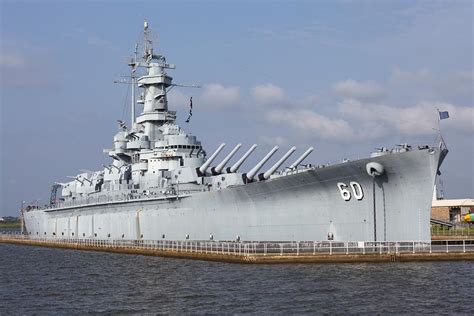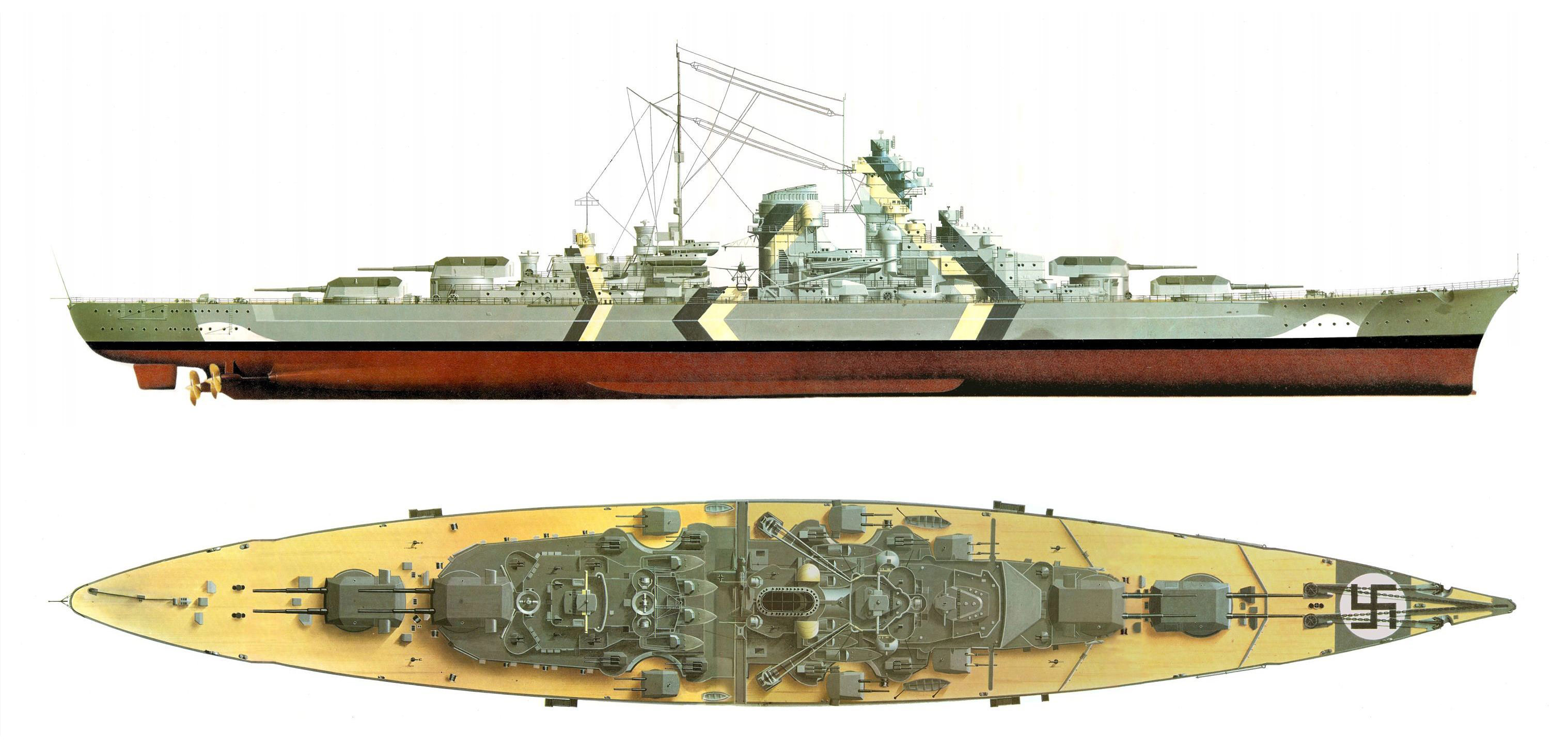A battleship is a type of warship that was once the epitome of naval power and a symbol of a nation's military might. These heavily armed and armored vessels played a crucial role in naval warfare from the late 19th century to the mid-20th century. The term "battleship" is often used to describe any large, heavily armed warship, but technically, it refers to a specific type of ship that was designed for high-speed, long-range engagements with other warships.
The development of battleships can be traced back to the ironclad warships of the American Civil War era. However, it wasn't until the late 19th and early 20th centuries that battleships began to take on their characteristic form. These ships were designed to be fast, heavily armored, and equipped with a main battery of large-caliber guns that could engage enemy ships at long range. The introduction of the dreadnought battleship in the early 20th century revolutionized naval warfare, as these ships were capable of engaging enemy vessels at distances of over 10 miles (16 kilometers).
Characteristics of Battleships

Battleships were characterized by their large size, heavy armor, and powerful armament. They typically displaced between 20,000 and 50,000 tons of water and were equipped with a main battery of 12- to 18-inch (30- to 46-centimeter) guns. These guns were capable of firing shells that weighed up to 2,000 pounds (900 kilograms) at distances of over 20 miles (32 kilometers). In addition to their main armament, battleships were also equipped with a variety of secondary guns, anti-aircraft guns, and torpedo tubes.
Battleships were also designed to be highly survivable, with thick armor plating that could protect them from enemy gunfire and torpedo attacks. The armor plating on a battleship could be up to 12 inches (30 centimeters) thick, making them highly resistant to damage. However, this armor plating came at a cost, as it made the ships extremely heavy and reduced their speed and maneuverability.
Types of Battleships
There were several types of battleships that were developed over the years, each with its own unique characteristics and design features. Some of the most notable types of battleships include:
- Dreadnought battleships: These were the first type of battleship to be designed with a main battery of large-caliber guns. They were introduced in the early 20th century and revolutionized naval warfare.
- Pre-dreadnought battleships: These were the type of battleship that preceded the dreadnoughts. They were characterized by their mixed main armament of large- and small-caliber guns.
- Fast battleships: These were a type of battleship that was designed for high speed and maneuverability. They were often used as flagships or for reconnaissance missions.
- Pocket battleships: These were a type of battleship that was developed by Germany in the 1930s. They were designed to be small and highly maneuverable, with a main armament of 11-inch (28-centimeter) guns.
| Ship Type | Displacement | Main Armament |
|---|---|---|
| Dreadnought | 20,000-30,000 tons | 10-12 x 12-inch (30-centimeter) guns |
| Pre-dreadnought | 15,000-25,000 tons | 4-6 x 12-inch (30-centimeter) guns, 10-12 x 6-inch (15-centimeter) guns |
| Fast Battleship | 25,000-40,000 tons | 8-10 x 14-inch (35-centimeter) guns |
| Pocket Battleship | 10,000-15,000 tons | 6 x 11-inch (28-centimeter) guns |

Key Points
- Battleships were a type of warship that played a crucial role in naval warfare from the late 19th century to the mid-20th century.
- These ships were characterized by their large size, heavy armor, and powerful armament.
- There were several types of battleships, including dreadnoughts, pre-dreadnoughts, fast battleships, and pocket battleships.
- Battleships were designed to be highly survivable, with thick armor plating that could protect them from enemy gunfire and torpedo attacks.
- The development of battleships drove naval innovation in the 20th century, with the introduction of new technologies such as radar and sonar.
In conclusion, battleships were a type of warship that played a significant role in naval warfare for over a century. Their development drove innovation in naval technology and tactics, and they remain an important part of naval history. While they are no longer the dominant force they once were, battleships continue to be studied by naval historians and strategists, and their legacy can still be seen in the modern warships that patrol the world's oceans.
What was the main purpose of a battleship?
+The main purpose of a battleship was to engage and destroy enemy warships in a naval battle. They were designed to be highly survivable and to deliver a significant amount of firepower.
How did the development of battleships drive naval innovation?
+The development of battleships drove naval innovation by pushing the boundaries of what was thought to be possible in terms of ship design, armament, and propulsion. The introduction of new technologies, such as radar and sonar, allowed battleships to engage enemy vessels at even greater distances and with greater accuracy.
What were some of the key characteristics of battleships?
+Battleships were characterized by their large size, heavy armor, and powerful armament. They typically displaced between 20,000 and 50,000 tons of water and were equipped with a main battery of 12- to 18-inch (30- to 46-centimeter) guns.



